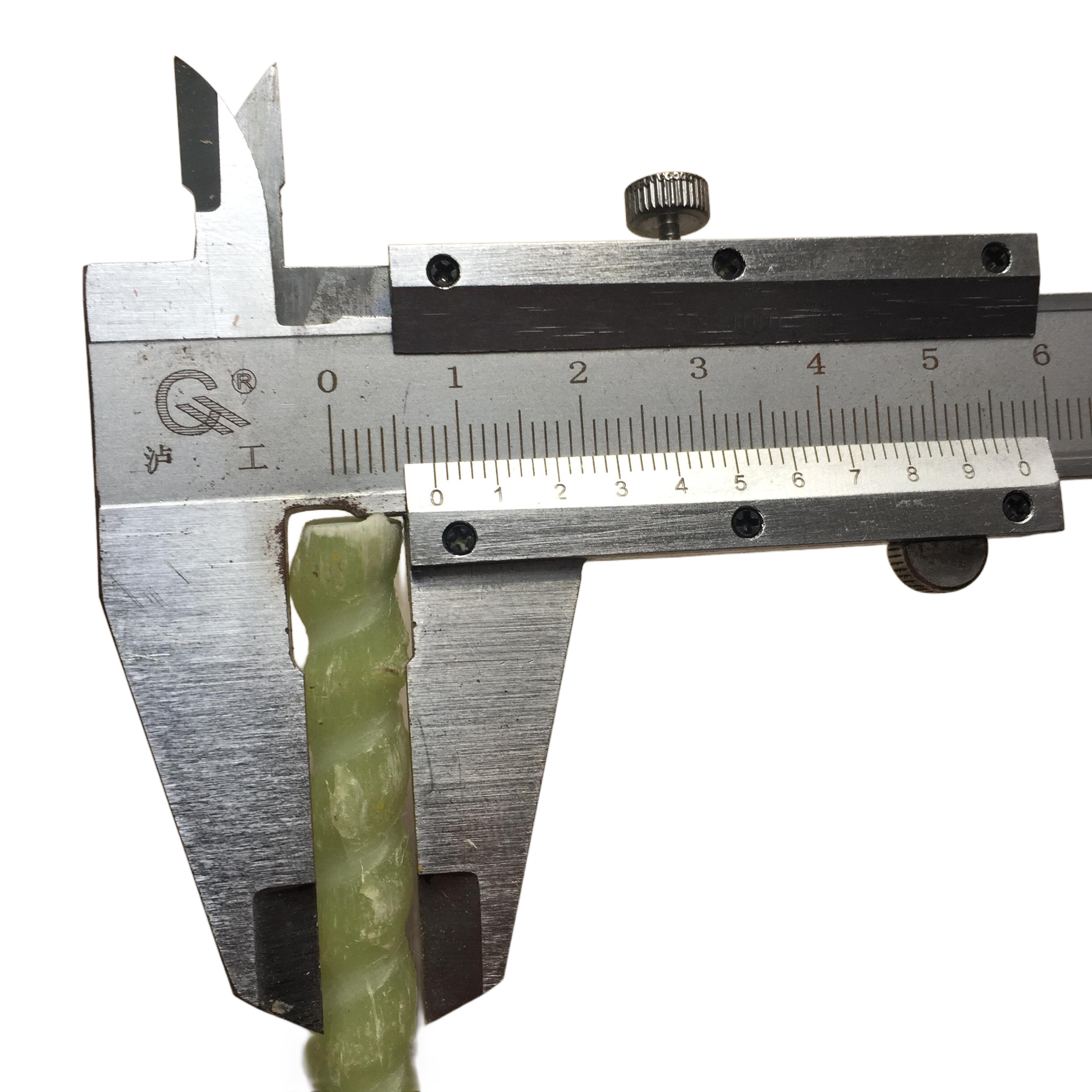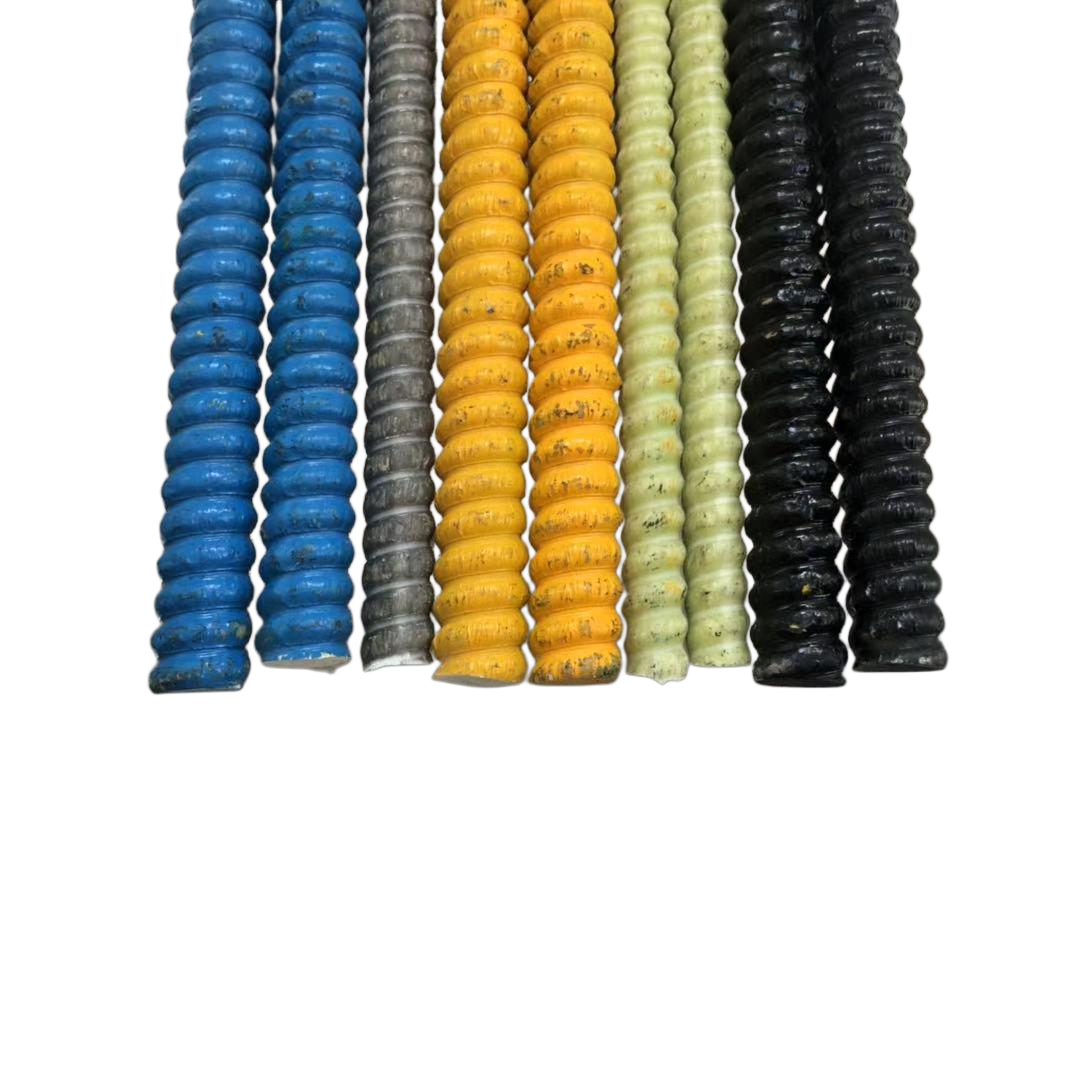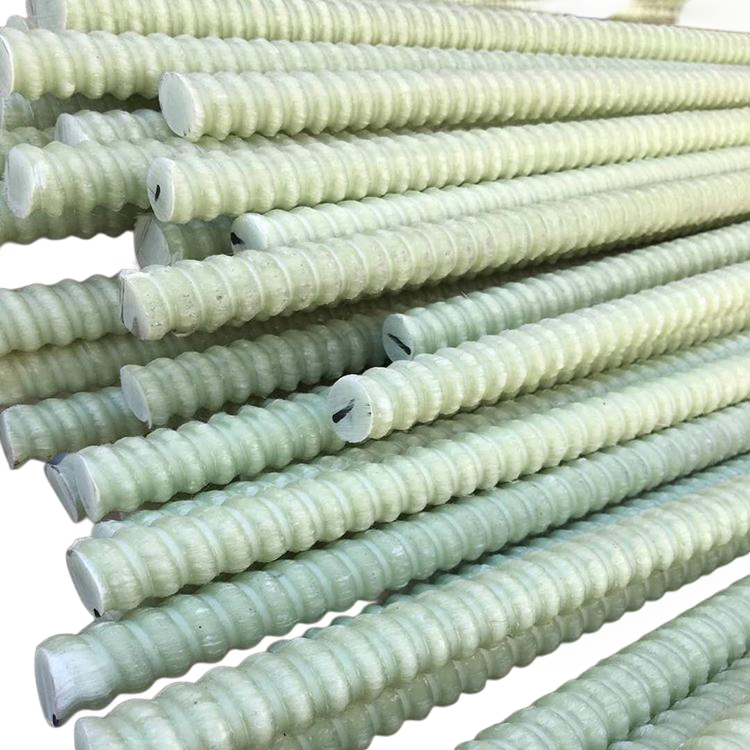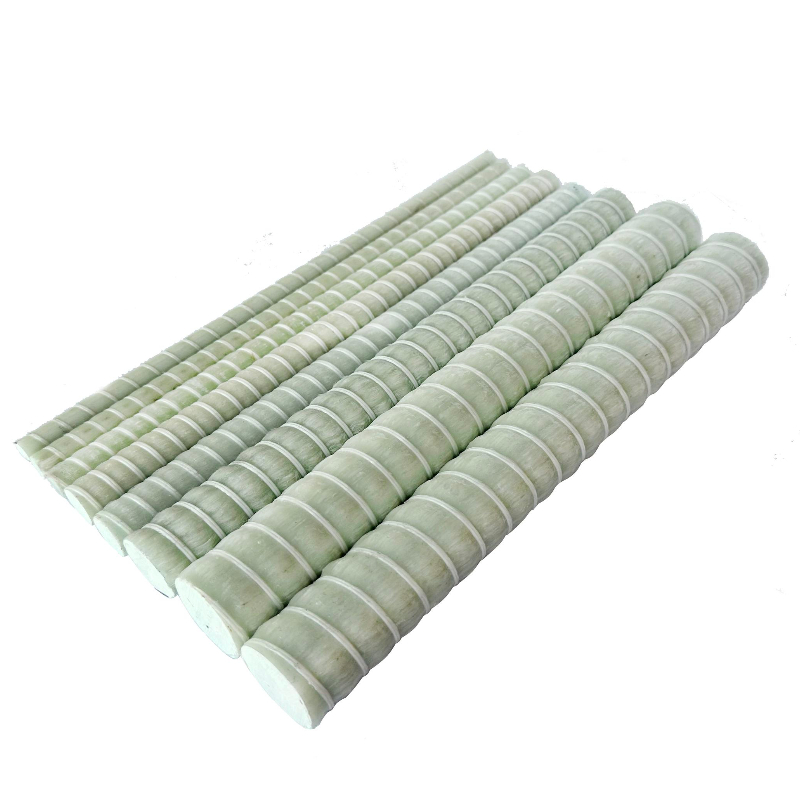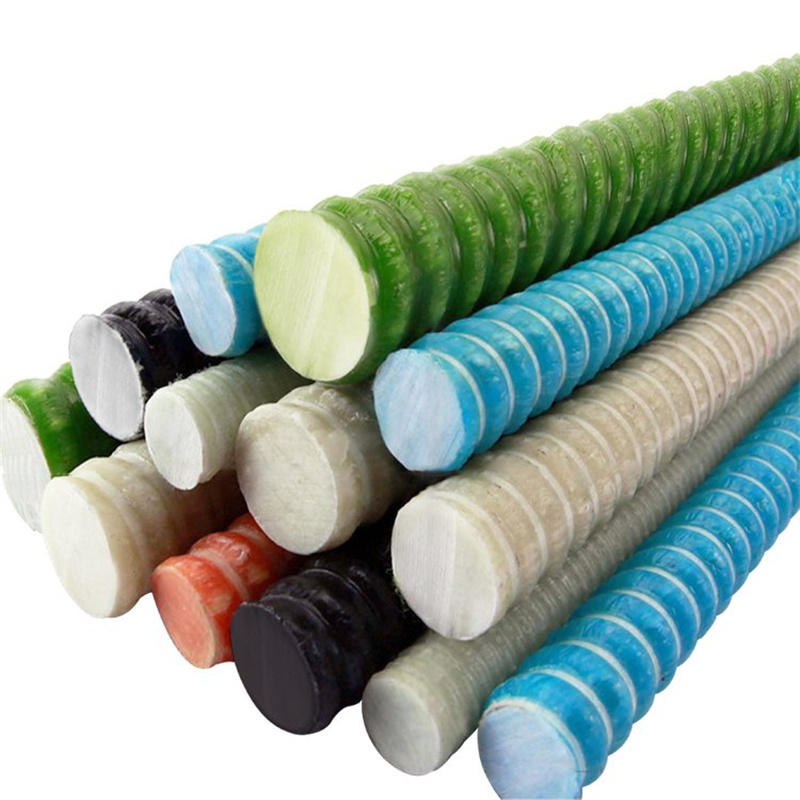Introduction
Glass Fiber Reinforced Polymer (GFRP) bolts have emerged as a groundbreaking innovation in the field of civil engineering and construction. These advanced materials offer a combination of high strength, durability, and corrosion resistance, making them ideal for a wide range of structural applications. The use of GFRP Bolt technology enhances structural integrity and extends the lifespan of infrastructure projects. This article delves into the properties, applications, and benefits of GFRP bolts, providing a comprehensive understanding of their role in modern construction.
The Science Behind GFRP Bolts
GFRP bolts are composed of high-strength glass fibers embedded in a polymer matrix. This composite material leverages the tensile strength of glass fibers and the flexibility of polymers to create a bolt that is both robust and adaptable. The fibers provide the primary load-bearing capacity, while the polymer matrix protects the fibers and transfers loads between them. This synergy results in bolts that can withstand significant stresses without corroding or degrading over time.
Material Properties
The key properties of GFRP bolts include high tensile strength, low weight, and excellent corrosion resistance. These bolts exhibit a tensile strength typically ranging from 600 to 1000 MPa, which is comparable to or exceeds that of traditional steel bolts. Their density is approximately one-fourth that of steel, significantly reducing the overall weight of the structure. Moreover, GFRP bolts are non-conductive and non-magnetic, making them suitable for specialized applications where these properties are essential.
Manufacturing Process
Manufacturing GFRP bolts involves processes such as pultrusion or filament winding, where glass fibers are impregnated with a resin matrix and cured under controlled conditions. This process ensures uniform distribution of fibers and resin, resulting in consistent mechanical properties. Advances in resin technology and curing methods have enabled the production of GFRP bolts with enhanced performance characteristics tailored to specific structural requirements.
Applications in Construction
The versatility of GFRP bolts allows them to be used in various construction scenarios. They are particularly beneficial in environments where steel bolts would be susceptible to corrosion, such as marine structures, chemical plants, and areas with de-icing salts. Additionally, GFRP bolts are advantageous in situations where electromagnetic neutrality is required, including railway systems and medical facilities.
Infrastructure Projects
In bridge construction, GFRP bolts contribute to longer-lasting structures by eliminating corrosion-related deterioration. For instance, their use in pedestrian bridges and overpasses reduces maintenance costs and increases safety. Similarly, in tunneling projects, GFRP bolts serve as rock anchors, stabilizing surrounding rock masses and enhancing overall tunnel integrity.
Commercial and Industrial Buildings
GFRP bolts are also utilized in building facades, roofing systems, and curtain walls. Their lightweight nature facilitates easier installation and reduces the load on supporting structures. Moreover, their non-corrosive properties ensure that building exteriors remain aesthetically pleasing and structurally sound over extended periods.
Advantages Over Traditional Materials
Compared to traditional steel bolts, GFRP bolts offer several distinct advantages. Their corrosion resistance eliminates the need for protective coatings or cathodic protection systems, leading to significant cost savings over the lifespan of a project. Additionally, the reduced weight of GFRP bolts simplifies transportation and handling, which can lower labor costs and improve safety on the job site.
Durability and Longevity
The durability of GFRP bolts ensures that structures remain reliable even in harsh environments. Studies have shown that GFRP materials can retain their mechanical properties for over 75 years without significant degradation. This longevity is particularly crucial for infrastructure where maintenance is challenging or disruptive.
Environmental Impact
Using GFRP bolts can contribute to more sustainable construction practices. The reduction in maintenance and replacement frequency decreases the environmental footprint associated with manufacturing and transporting new materials. Furthermore, advancements in recyclable GFRP composites are paving the way toward more eco-friendly construction solutions.
Case Studies
Several projects worldwide have successfully implemented GFRP bolts, showcasing their practical benefits. For example, the reconstruction of a coastal bridge incorporated GFRP bolts to combat the corrosive effects of saltwater spray. The project reported not only enhanced structural performance but also a projected extension of service life by 30 years compared to traditional materials.
Mining Industry Applications
In the mining sector, GFRP bolts have been used to stabilize underground excavations. Their non-conductive properties are particularly beneficial in environments where stray currents could pose a hazard. Additionally, their resistance to corrosive mine atmospheres reduces maintenance and replacement needs.
Transportation Infrastructure
GFRP bolts have also found use in the construction of highway sound barriers and retaining walls. Their lightweight nature reduces the need for heavy equipment during installation, minimizing disruption to existing traffic flow. Furthermore, their durability ensures that such structures can withstand the rigors of constant exposure to vehicular emissions and weather extremes.
Challenges and Considerations
Despite the many advantages, the adoption of GFRP bolts is not without challenges. Design professionals must account for the different mechanical behaviors of GFRP compared to steel, such as lower modulus of elasticity. Additionally, long-term performance data is still being collected, necessitating conservative design approaches in some cases.
Design Standards
The development of standardized design codes and testing methods for GFRP materials is ongoing. Engineers must stay informed about the latest guidelines to ensure that structures utilizing GFRP bolts meet all safety and performance requirements. Collaboration with manufacturers can provide valuable insights into material capabilities and limitations.
Cost Implications
While GFRP bolts can offer long-term cost savings, the initial material costs may be higher than traditional options. Project stakeholders should perform life-cycle cost analyses to fully understand the economic benefits. In many cases, reduced maintenance and extended service life offset the upfront investment.
Future Developments
Research into GFRP technology continues to advance, with ongoing efforts to improve material properties and manufacturing processes. Innovations such as nano-reinforced polymers and hybrid composite systems hold the promise of even greater performance enhancements. These developments may lead to broader acceptance and integration of GFRP bolts in mainstream construction.
Sustainability Initiatives
As sustainability becomes a primary consideration in engineering, GFRP bolts are well-positioned to contribute to green building practices. Their durability and potential for reduced environmental impact align with the goals of sustainable development. Future policies may incentivize the use of such materials, further driving their adoption.
Educational Efforts
Increased education and training on GFRP materials can help engineers and construction professionals better understand and implement these technologies. Academic institutions and industry organizations are beginning to incorporate composite material education into their programs, preparing the next generation of engineers to leverage these advancements effectively.
Conclusion
GFRP bolts represent a significant evolution in construction materials, offering enhanced structural integrity and durability. Their unique properties address many of the limitations of traditional materials, particularly in challenging environments. As the industry moves toward more sustainable and resilient infrastructure, the role of GFRP Bolt technology is poised to expand. Ongoing research, standardization, and education will be crucial in fully realizing the potential of GFRP bolts in future construction projects.























